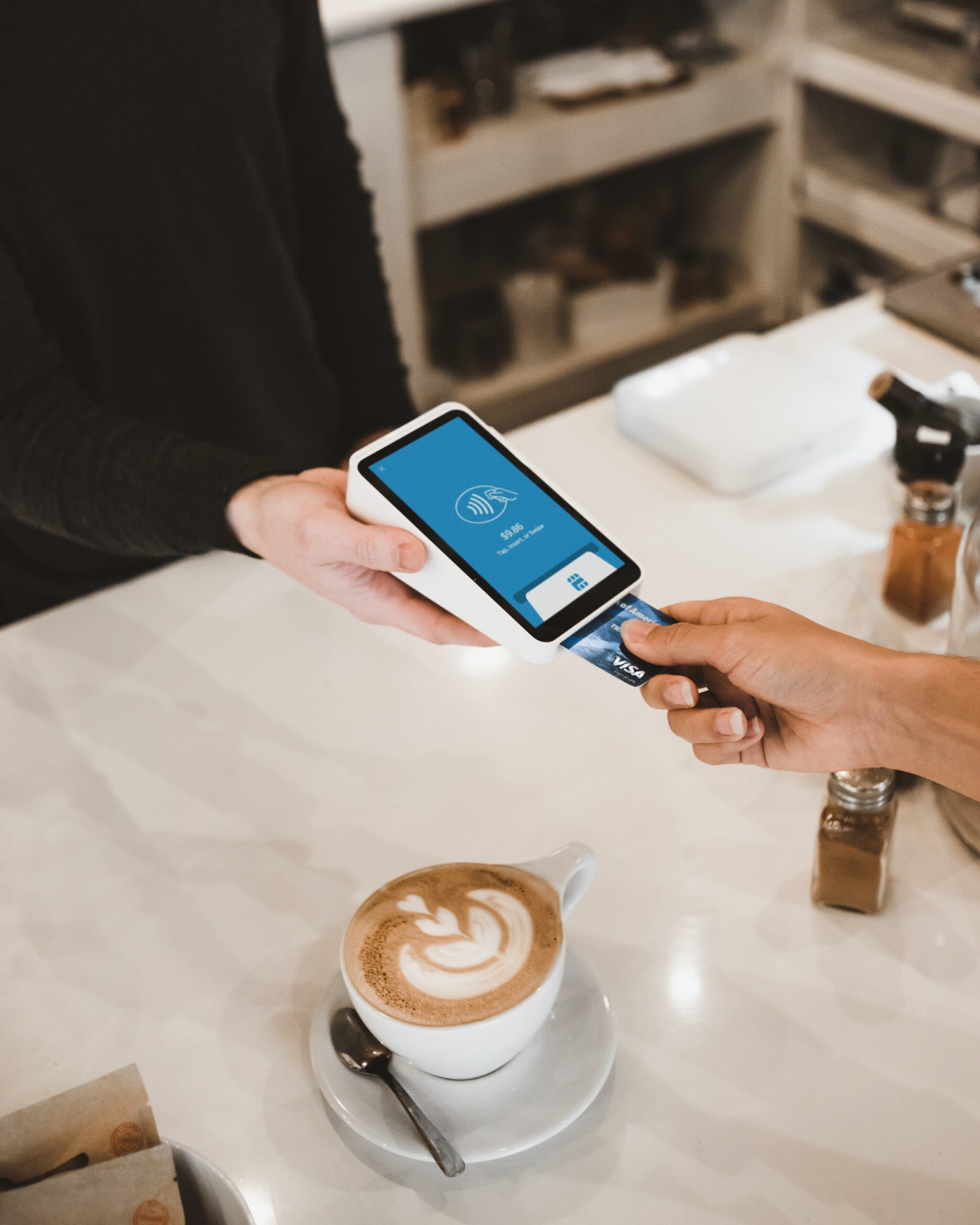
With the advancement of technology, contactless credit card payments have become increasingly popular in recent years. This payment method offers a convenient and secure way for consumers to make transactions without the need to physically swipe or insert their cards. In this article, we will explore the benefits and features of contactless credit card payments, as well as address any concerns you may have.
How Contactless Credit Card Payments Work
Contactless credit card payments utilize near field communication (NFC) technology, which allows for quick and secure communication between the card and the payment terminal. The card contains a small chip that emits radio waves when it is held near a compatible payment terminal. The terminal then reads the card information and processes the payment.
One of the key advantages of contactless payments is the speed at which transactions can be completed. With a simple tap or wave of the card, the payment is processed within seconds, eliminating the need to insert or swipe the card. This makes contactless payments ideal for situations where speed and efficiency are crucial, such as in busy retail environments or when using public transportation.
The Benefits of Contactless Credit Card Payments
1. Convenience: Contactless payments offer a seamless and hassle-free experience for consumers. There is no need to carry cash or search for the correct change. With a contactless credit card, you can make quick and easy payments with just a tap of your card.
2. Speed: As mentioned earlier, contactless payments are incredibly fast. This is especially beneficial in situations where time is of the essence, such as during rush hour at a coffee shop or when catching a train. The ability to make transactions swiftly can help reduce queues and improve overall customer satisfaction.
3. Security: Contactless credit card payments are designed with security in mind. The technology used encrypts the card information, making it difficult for fraudsters to intercept and misuse the data. Additionally, most contactless payments have a maximum transaction limit, which adds an extra layer of protection against unauthorized use.
4. Hygiene: In light of recent events, contactless payments have gained even more popularity due to their hygienic nature. By eliminating the need to physically handle cash or touch a payment terminal, contactless payments help reduce the spread of germs and bacteria.
Addressing Concerns
Despite the many benefits of contactless credit card payments, some individuals may have concerns about their security. It is important to note that contactless payments are designed to be secure and have undergone rigorous testing to ensure their safety. The encryption technology used makes it extremely difficult for hackers to access and misuse card information.
However, it is always wise to take precautions when using any payment method. Here are a few tips to help protect yourself:
1. Keep your card safe: Treat your contactless credit card like any other valuable item. Keep it in a secure place and report any lost or stolen cards immediately to your card issuer.
2. Monitor your transactions: Regularly review your credit card statements for any suspicious activity. If you notice any unauthorized charges, contact your card issuer immediately.
3. Enable additional security features: Some credit card issuers offer additional security features, such as two-factor authentication or transaction notifications. Take advantage of these features to further protect your card.
In Conclusion
Contactless credit card payments provide a convenient, fast, and secure way to make transactions in today’s digital world. With their ease of use and built-in security measures, contactless payments have revolutionized the way we pay for goods and services. Embrace the convenience and peace of mind that contactless credit card payments offer, and enjoy a seamless payment experience.











